Column: Vermont’s second homes get a tax break
| Published: 10-18-2024 2:19 PM |
As one of your Windsor County State senators, it is clear to me the housing market is failing Vermonters. Extreme home costs have priced generations of Vermonters out of the market. Former high school classmates of mine who want to live in Vermont, raise their young children and send them to our schools can’t do so, because housing is unaffordable. This crisis is, in part, due to second homeownership and short-term vacation rentals. To address the burden on young Vermonters, we need to tax these additional properties to a greater degree.
In Bridgewater, we learned at a recent town meeting that over 60% of the properties are second homes. In Ludlow the Town Clerk stated that over 80% of the properties are vacation homes. I recently spoke with a woman in Hartland about how Vermonters can no longer afford to carry the burden for second homeowners. The woman I spoke to reminisced about being able to walk over to her neighbors and talk to them; now the homes around her sit empty for most months, almost year-round.
This is not sustainable, especially for a state with an aging population. Nor is it equitable.
Clarifying the “non-homestead” properties in Vermont can go a long way toward understanding how many second homes there are in Vermont, and can give a clearer picture of the economic benefit to young Vermonters if we were to explore solutions to the housing crisis.
If I am re-elected in November, I will work to address the needs of our education system by building off of the creative tax policies set into motion last session. One of those policies is Act 68, which directs the tax department to study ways to distinguish between different types of property and property uses. Right now, there is no single reliable count of second homeowners in Vermont, as they are not captured in a single dataset. Census Bureau data lumps together residences that can’t be occupied year-round, like deer camps and cabins, with properties that can.
The annual homestead declaration Vermont homeowners file to determine their property tax rate only tells the state if a property is their primary home — so-called “non-homestead” properties include commercial buildings, for example. Only by combining multiple datasets can the state determine whether a property that could be occupied year-round is used as a second home.
If the state can distinguish between properties, it can tax them differently, too. If I am re-elected I look forward to co-sponsoring legislation that does just that.
Sen. Rebecca White, D-White River Junction, represents the Windsor District.
Article continues after...
Yesterday's Most Read Articles
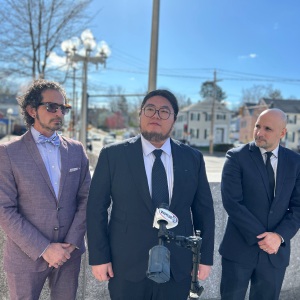 ‘A bit Kafkaesque’: Federal judge spars with government lawyer over status of Dartmouth international student
‘A bit Kafkaesque’: Federal judge spars with government lawyer over status of Dartmouth international student
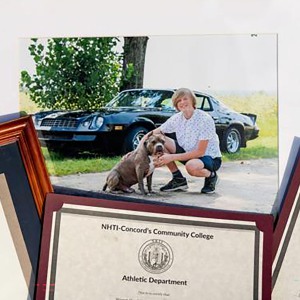 NH 21-year-old dies amid the worst flu season since 2009
NH 21-year-old dies amid the worst flu season since 2009
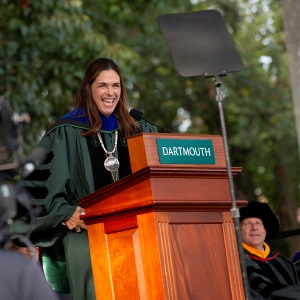 Hundreds of alumni sign letter urging Beilock, Dartmouth to make a stand for academic freedom
Hundreds of alumni sign letter urging Beilock, Dartmouth to make a stand for academic freedom
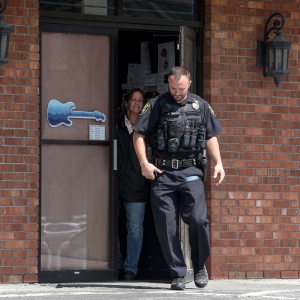 After more than 45 years, Upper Valley guitar shop closes
After more than 45 years, Upper Valley guitar shop closes
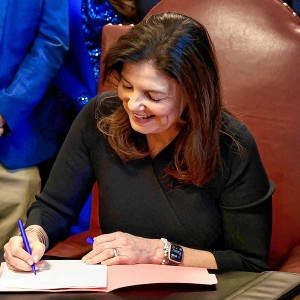 On the trail: Gov. Ayotte says she delivered on her promises in her 100 days in office. Not everyone agrees
On the trail: Gov. Ayotte says she delivered on her promises in her 100 days in office. Not everyone agrees
 Claremont City Council votes unanimously to fire city manager
Claremont City Council votes unanimously to fire city manager






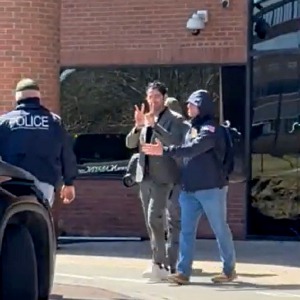 Editorial: Free speech detentions reach into Upper Valley
Editorial: Free speech detentions reach into Upper Valley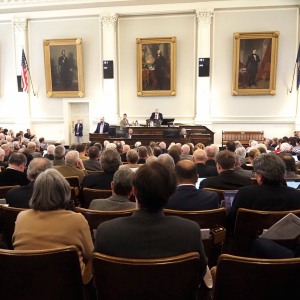 Editorial: New Hampshire budget shortfall is a crisis of Republican design
Editorial: New Hampshire budget shortfall is a crisis of Republican design Editorial: Time is running out for American democracy
Editorial: Time is running out for American democracy Editorial: Jeanne Shaheen blazed a trail in politics
Editorial: Jeanne Shaheen blazed a trail in politics
